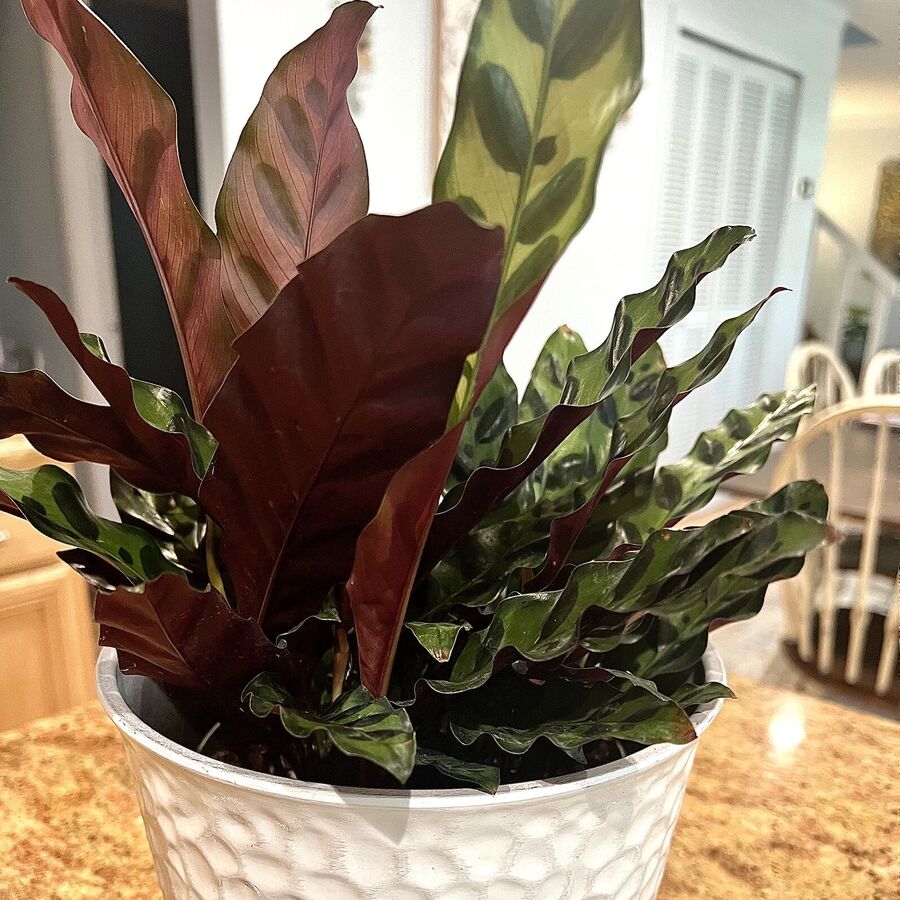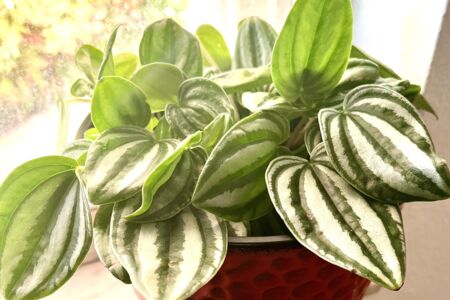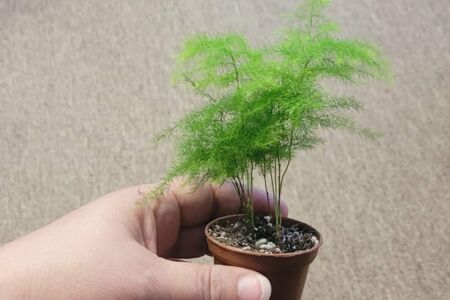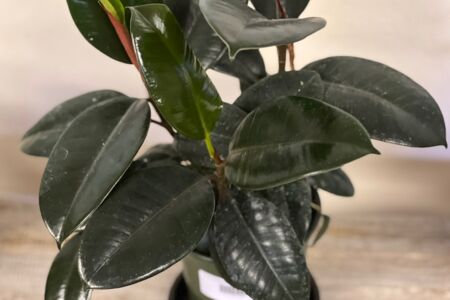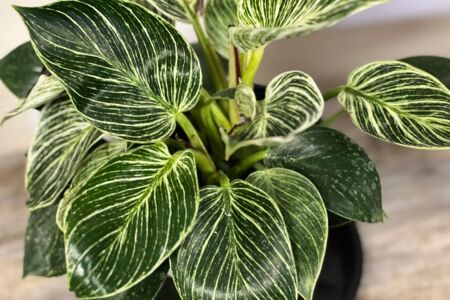Rattlesnake Plant 6"
The Rattlesnake Plant (Calathea lancifolia) is a beautiful and popular houseplant known for its striking foliage. They are known for their "praying" leaves; they fold up at night and open during the day. Don't be alarmed if you see this behavior; it's perfectly normal. With proper care, your Rattlesnake Plant can remain healthy and continue to display its striking foliage.
*Pot not included.
🔆Light Requirements:
Provide partial or dappled shade. These plants thrive in moderate to low light conditions. Avoid direct sunlight, as it can scorch the leaves. If the leaves start to fade or curl, it may be getting too much light. If they become dark green, it might need more light.
💧Water Requirements:
Keep the soil consistently moist but not soggy. Water when the top inch (2.5 cm) of soil feels dry to the touch. Use room temperature water and water the plant thoroughly, allowing excess water to drain from the pot. Empty the saucer beneath the pot to prevent the plant from sitting in water.
⚠️Warnings:
Rattlesnake Calathea is non-toxic and safe for humans and animals alike
🐶SAFE ✅
🐱SAFE ✅
👶SAFE ✅
Temperature:
Maintain a warm and consistent indoor temperature between 65°F to 75°F (18°C to 24°C). Avoid exposing your Rattlesnake Plant to drafts or sudden temperature fluctuations.
Humidity:
Rattlesnake Plants require high humidity to thrive. Aim for humidity levels of at least 50%. You can increase humidity by misting the plant regularly, using a humidifier, or placing a tray of water near the plant.
Soil:
Plant your Rattlesnake in a well-draining, peat-based potting mix. A mix formulated for tropical plants is ideal.
Potting:
Repot your Rattlesnake Plant when it becomes root-bound or every 2-3 years in the spring. Choose a slightly larger pot.
Pruning:
Prune brown or yellowing leaves to maintain the plant's appearance and overall health.
Pests:
Keep an eye out for common houseplant pests like spider mites and mealybugs. Treat them promptly with neem oil or insecticidal soap.
Fertilizing:
Feed your plant with a balanced, diluted liquid fertilizer every 4-6 weeks during the growing season (spring through early autumn). Reduce or stop fertilizing in the winter when the plant is not actively growing.
Grouping:
Placing your Rattlesnake Plant with other houseplants can help create a microclimate with higher humidity.
Rotation:
Rotate the plant occasionally to ensure even growth on all sides.
Dusting:
Wipe the leaves gently with a damp cloth to remove dust, which can hinder the plant's ability to photosynthesize.
